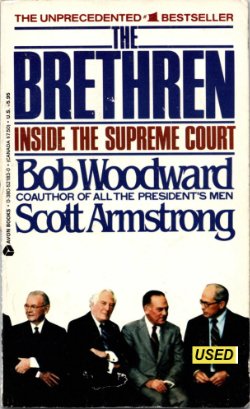By Alison Weir
FROM THE PREFACE: “This was never meant to be a political biography, nor did I intend to write a social history of the times. My aim has always been to write a history of Elizabeth's personal life within the framework of her reign, drawing on her own extensive literary remains, as well as those of her contemporaries. The manuscript was originally entitled The Private Life of Elizabeth I, but it very soon became apparent that Elizabeth's 'private' life was a very public one indeed, hence the change of title. Nor is it possible to write a personal history of her without encompassing the political and social events that made up the fabric of her life. What I have tried to do, therefore, is weave into the narrative enough about them to make sense of the story, and emphasise Elizabeth's reaction to them, showing how she influenced the history of her time.”
New York. Ballantine. 1998. 566p.





















